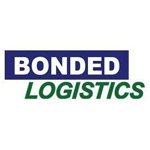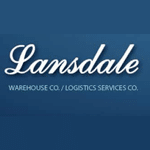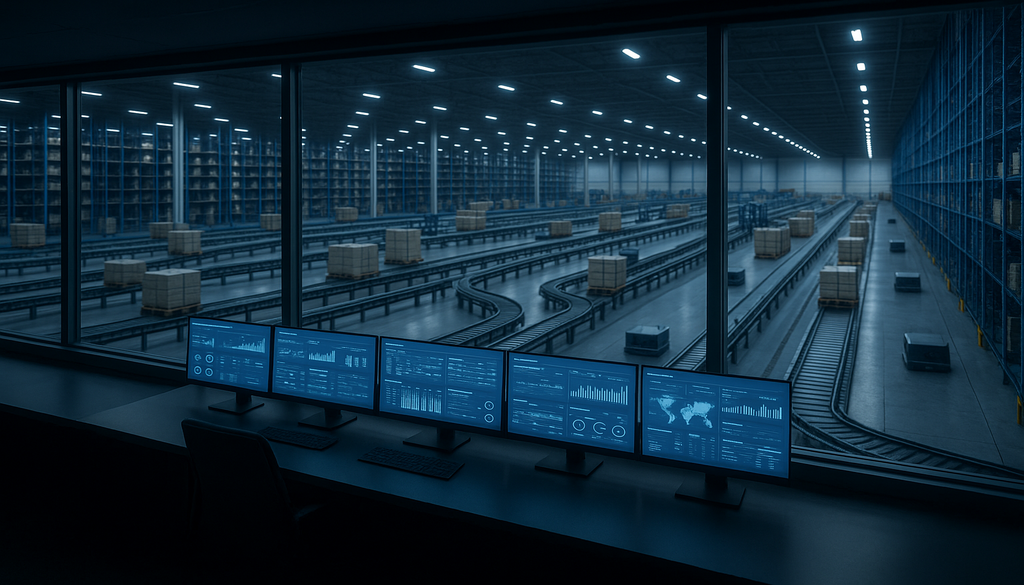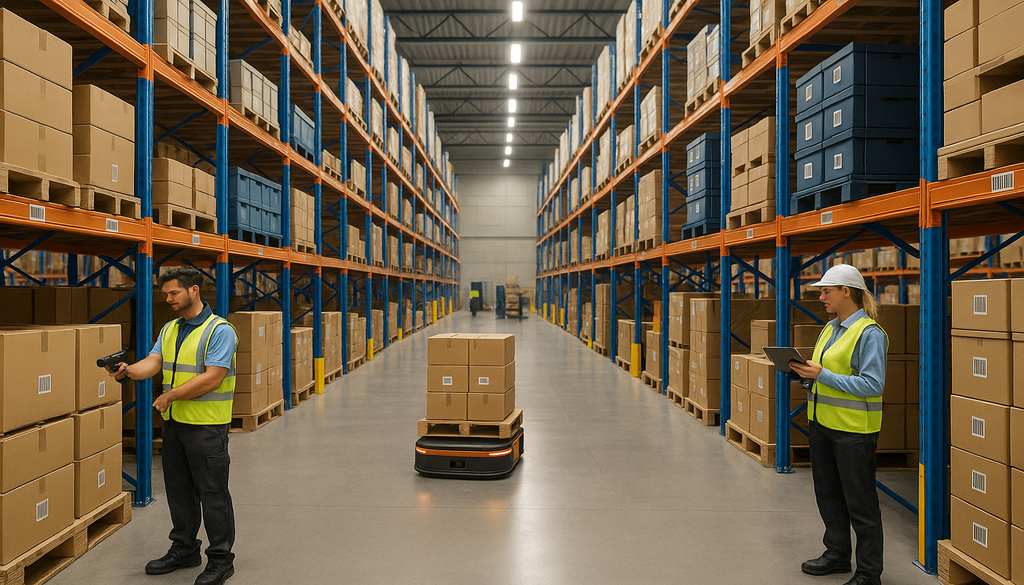Mastering Backorders: A Guide for Warehouse Management Professionals
Imagine this: It’s a typical Monday morning at your warehouse. Orders are coming in, products are going out, and everything seems to be running smoothly. Then, you receive a notification – a popular item is out of stock, and there are several pending orders for it. You’re now facing backorders, a situation that can disrupt your operations and impact customer satisfaction.
In the complex world of warehouse management, backorders are a common challenge. They represent a delicate balance between supply and demand, a test of your ability to manage unexpected situations, and a potential risk to your customer relationships. But with the right understanding and strategies, backorders can be effectively managed and even used to your advantage.
In this comprehensive guide, we’ll delve into the world of backorders and share some best practices. We’ll explore what they are, why they occur, and how they impact different types of warehouse businesses. We’ll also share strategies to minimize and manage backorders and discuss how warehouse management software, like Cadre Technologies’ WMS, can help. Whether you’re a warehouse manager, a 3PL provider, or an e-commerce business owner, this guide is designed to help you master backorders and maintain smooth, efficient operations. So, let’s dive in.
Understanding Backorders
Definition of Backorders
In the world of warehouse management, a backorder is a term that refers to an order for a product that cannot be fulfilled at the current time because it is out of stock. This situation is not to be confused with an item being permanently discontinued. Instead, a backorder implies that the item is popular and will be restocked, but customers will need to wait for its availability.
The Process of Backordering
The process of backordering is a delicate dance between customer expectations and inventory management. When a product goes on backorder, it means that customers can still place orders for it, but there will be a delay in delivery until the item is back in stock. This can sometimes lead to split shipments if an order contains both in-stock and backordered items, which can increase shipping costs and affect customer satisfaction.
Differentiating Between Backorders and Out of Stock Items
It’s important to differentiate between backorders and out-of-stock items. While both situations involve a lack of available inventory, they are handled differently. An out-of-stock item is currently unavailable for purchase and does not have a specified restock date. On the other hand, a backordered item can still be purchased and will be shipped once it’s back in stock. Understanding this difference is crucial for managing customer expectations and maintaining a positive customer experience.
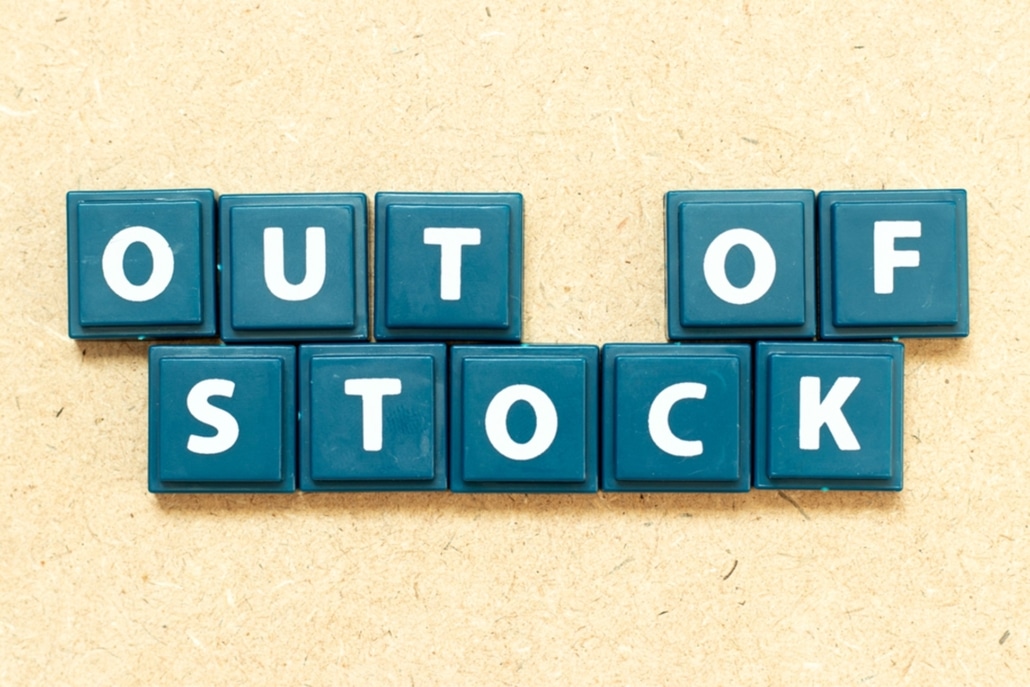
The Causes of Backorders
Backorders can occur for a variety of reasons. Let’s explore some of the most common causes:
1. Unusual Demand
Sometimes, a product’s popularity can surge unexpectedly due to factors like a successful marketing campaign, a celebrity endorsement, or a sudden trend. This unusual demand can quickly deplete your stock, leading to backorders. While this is a good problem to have because it indicates high demand, it can also pose challenges in terms of meeting that demand promptly and maintaining customer satisfaction.
2. Low Safety Stock
Safety stock is the extra inventory you keep on hand to protect against variability in demand or supply. It acts as a buffer to give you time to restock when demand is higher than expected or when there’s a delay in supply. If your safety stock levels are too low, you may not have enough inventory to meet unexpected increases in demand, leading to backorders.
3. Manufacturer or Supplier Problems
Your ability to fulfill orders is heavily dependent on your manufacturers or suppliers. If they run into issues such as production delays, quality problems, or logistical challenges, it can disrupt your supply chain and lead to backorders. This highlights the importance of having reliable manufacturers and suppliers, and ideally, having backup options in case of problems.
4. Human Error
Despite our best efforts, mistakes can happen. Maybe an order for restock was misplaced, or perhaps an inventory count was incorrect. These human errors can lead to an unexpected shortage of products, resulting in backorders. This underscores the importance of careful inventory management and the use of warehouse management systems to reduce the risk of human error.
5. Inventory and Warehouse Management Discrepancies
Effective inventory and warehouse management is crucial to prevent backorders. If your inventory tracking is inaccurate, or if your warehouse operations are inefficient, you may not be able to keep up with demand and may have to backorder products. This highlights the need for accurate inventory tracking systems and efficient warehouse operations.
The Impact of Backorders: Pros and Cons
While backorders can be inconvenient, they do have some benefits. However, they also have drawbacks. Let’s explore both sides:
The Pros
More Storage Space
One of the benefits of backorders is that they can free up storage space in your warehouse. Since backordered products are shipped out as soon as they arrive, they don’t take up space on your shelves for long. Some warehouses will route the backorders directly to the shipping area, to eliminate extra putaways and picks.This can make your warehouse operations more efficient and can reduce storage costs.
Reduced Warehousing Costs
With less inventory to manage on a daily basis, you may be able to temporarily lower your warehousing costs. This can help improve your bottom line. However, it’s important to balance this with the potential cost of lost sales due to backorders.
Higher Product Demand
When customers see that a product is on backorder, it may signal to them that the product is popular, which can increase demand. This can create a sense of urgency and can potentially boost sales once the product is back in stock.
Increased Cash Flow
Backorders can improve your cash flow by bringing in revenue before the product is available for shipment. This can help with your financial management and can provide funds for other areas of your business.
The Cons
Loss of Sales
On the downside, backorders can lead to lost sales. Some customers may not be willing to wait for a backordered product and may choose to purchase from a competitor instead. This can lead to a loss of revenue and can affect your market share.
Customer Dissatisfaction
Backorders can lead to customer dissatisfaction. Customers expect to receive their orders in a timely manner, and delays can lead to frustration and negative reviews. And customers can look for another source of the backordered products.This can harm your reputation and can affect customer loyalty or result in a lost customer
Increased Resource Use
Managing backorders can require significant resources. You may need to spend extra time communicating with customers, managing your inventory, and coordinating with your suppliers. This can increase your operational costs and can divert resources from other areas of your business.

Strategies to Minimize Backorders
Minimizing backorders is key to maintaining customer satisfaction and efficient operations. Here are some strategies you can use:
1. Setting Safety Stock Levels
Safety stock is the extra inventory you keep on hand to protect against variability in demand or supply. It acts as a buffer to give you time to restock when demand is higher than expected or when there’s a delay in supply. By setting appropriate safety stock levels, you can ensure that you have enough inventory to meet unexpected increases in demand, thereby reducing the likelihood of backorders.
2. Calculating and Setting Reorder Points
Reorder points are the inventory levels at which you should reorder a product to avoid running out of stock. By calculating and setting accurate reorder points, you can ensure that you always have enough inventory to meet demand. This involves understanding your sales cycle, lead times, and demand patterns.
3. Regularly Monitoring Inventory Levels
Regular inventory checks can help you identify trends and anticipate increases in demand. This can help you avoid stockouts and backorders. Using inventory management software can automate this process and provide real-time data, making it easier to manage your inventory effectively.
4. Diversifying Suppliers
Having multiple suppliers can protect you against supply disruptions. If one supplier is unable to deliver, you can still receive inventory from your other suppliers. This can help ensure a steady supply of products and reduce the risk of backorders.
5. Optimizing Product Ordering
By optimizing your product ordering processes, you can ensure that you always have enough inventory on hand to meet demand. This can involve using demand forecasting, implementing an inventory management system, or hiring a dedicated inventory manager. These strategies can help you anticipate demand, streamline your ordering process, and prevent backorders.
Effectively Managing Backorders (Backorder Best Practices)
Even with the best strategies in place, backorders can still occur. When they do, effective management is crucial. Here’s how you can handle backorders effectively:
1. Communicating with Customers
Transparency is key when dealing with backorders. Keeping customers informed about the status of their orders and providing accurate ETAs can help manage their expectations and maintain their satisfaction. It’s also important to apologize for the inconvenience and assure customers that you’re doing everything you can to fulfill their orders as quickly as possible.
2. Providing Accurate ETAs
Providing accurate ETAs for backordered products can help customers plan their purchases and can reduce frustration. This involves having a clear understanding of your supply chain and being able to accurately predict when backordered products will be available.
3. Utilizing Email Lists
By setting up an email list for restock notifications, you can keep customers informed about when backordered products will be available. This can help maintain customer engagement and can lead to increased sales once the product is back in stock.
Backorders in Different Warehouse Businesses
Different types of warehouse businesses can experience backorders in different ways. Here’s how backorders can impact various types of businesses:
3PLs or Fulfillment Providers
For third-party logistics (3PL) providers or fulfillment providers, backorders can disrupt the fulfillment process and lead to delays in order delivery. For instance, if a 3PL is managing fulfillment for an e-commerce store that sells trending fashion items, a sudden surge in demand for a particular item could lead to backorders. In such a scenario, the 3PL would need to coordinate closely with the e-commerce store and their suppliers to manage customer expectations and expedite restocking.
Distribution Centers
Distribution centers, which serve as the hub in a supply chain, can face significant challenges with backorders. For example, if a distribution center for a national retail chain experiences backorders for a popular product, it could lead to stockouts in multiple retail stores across the country. The distribution center would need to work closely with suppliers to expedite restocking, while also coordinating with the retail stores to manage customer expectations.
Manufacturing Businesses
For manufacturing businesses, backorders can disrupt production schedules and lead to inefficiencies. For instance, if a furniture manufacturer experiences a backorder for a popular type of wood, it could delay the production of several furniture lines. The manufacturer would need to coordinate with their wood suppliers to expedite delivery, while also potentially exploring alternative materials to keep production going.
E-commerce Companies
E-commerce companies can face unique challenges with backorders. For example, if an online electronics retailer experiences a backorder for a newly released video game console, it could lead to a significant number of customer complaints and negative reviews. The retailer would need to communicate proactively with customers about the delay, provide accurate ETAs for restocking, and potentially offer incentives (like discounts on future purchases) to maintain customer satisfaction.

How Cadre Technologies’ WMS Software Can Help
In the face of backorders, having the right tools can make all the difference. Cadre Technologies’ Warehouse Management System (WMS) is designed to help warehouse management professionals effectively manage and minimize backorders. Here’s how our software can assist:
Real-Time Inventory Tracking
With Cadre Technologies’ WMS, you gain the ability to monitor your inventory levels in real-time. This feature provides a clear and immediate view of your stock levels, enabling you to anticipate potential stockouts and take proactive measures. This real-time visibility is crucial in managing backorders, allowing you to respond quickly to changes in inventory and demand.
Historical Data Analysis
Beyond real-time tracking and optimization, Cadre Technologies’ WMS also provides historical data analysis. This feature allows you to identify trends and use them to refine your inventory management strategy. By understanding your past sales and inventory data, you can better predict future demand, plan your inventory accordingly, and prevent backorders.
By leveraging Cadre Technologies’ WMS, you can turn the challenge of backorders into an opportunity for improving your inventory management and enhancing customer satisfaction. Our software is designed to provide you with the tools you need to effectively manage backorders and maintain smooth, efficient operations.
Conclusion
Backorders are a complex issue in warehouse management, but with understanding and effective management, they can be successfully handled. By implementing strategies to minimize backorders and using tools like Cadre Technologies’ WMS software, you can maintain customer satisfaction, efficient operations, and a healthy bottom line.
Remember, the key to managing backorders is anticipation and communication. By anticipating demand and potential stockouts, and by communicating effectively with customers when backorders do occur, you can turn a challenging situation into an opportunity to demonstrate your commitment to customer service.
Ready to take your warehouse management to the next level? Contact us today to learn more about how our software can help you master backorders and optimize your operations.
FAQs about Backorders
What strategies can businesses use to prevent backorders?
Businesses can prevent backorders by implementing effective inventory management strategies. This includes setting appropriate safety stock levels, calculating and setting accurate reorder points, regularly monitoring inventory levels, diversifying suppliers, and optimizing product ordering processes. Using a robust warehouse management system, like Cadre Technologies’ WMS, can automate and streamline these processes.
How can businesses communicate effectively with customers about backorders?
Transparency is key when communicating with customers about backorders. Businesses should inform customers as soon as they know an item is backordered, provide regular updates about when the item is expected to be back in stock, and offer alternatives or compensation if possible. This can help maintain customer satisfaction and loyalty, even in the face of delays.
What is the concept of a ‘rolling backorder’?
A ‘rolling backorder’ is a term used to describe a backorder situation where there isn’t a specific delivery date set. Instead of a fixed timeline, a flexible time window is used, allowing for adjustments based on when the backordered items are expected to be restocked.
What does it mean when an order is partially backordered?
When an order is partially backordered, it signifies that not all items in the order are currently available in stock. In such situations, businesses have two options: they can choose to ship the available items immediately and send the backordered items when they become available, or they can hold the entire order until all items are ready for shipment.
How can warehouse management software help with backorder management?
Warehouse management software, like Cadre Technologies’ WMS, can provide real-time inventory tracking, allowing businesses to anticipate potential stockouts and take proactive measures. It can also help set safety stock levels and reorder points, and provide historical data analysis to identify trends and refine inventory management strategies. These features can help businesses effectively manage and minimize backorders.
What is the typical duration for a backorder?
The duration of a backorder can vary widely and depends on several factors, including the specific business and the nature of the order. However, as a general estimate, backorders might take around two weeks to be fulfilled. This duration can be shorter or longer based on the circumstances.
Mastering backorders is a crucial aspect of successful warehouse management. By understanding, managing, and minimizing backorders, you can ensure the smooth operation of your business, maintain high levels of customer satisfaction, and improve your bottom line. If you have any more questions or need further assistance with managing backorders, don’t hesitate to reach out to us at Cadre Technologies. We’re here to help you succeed.


